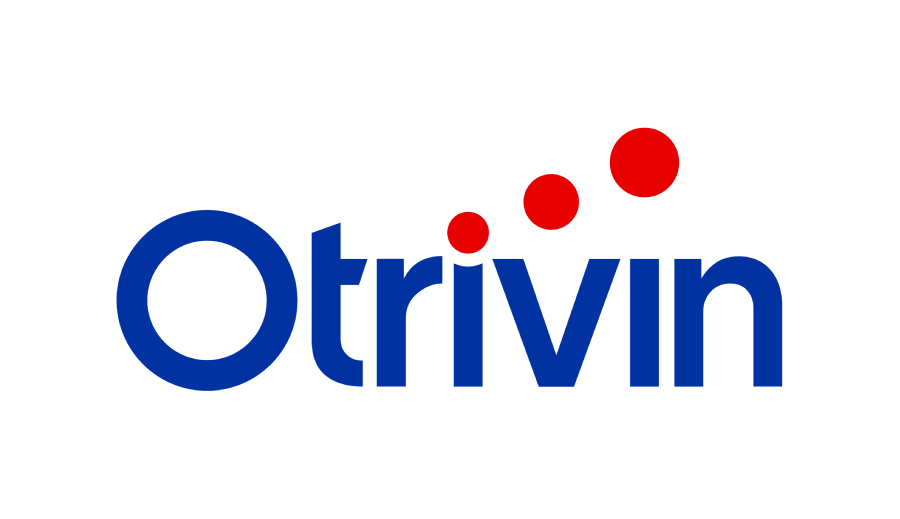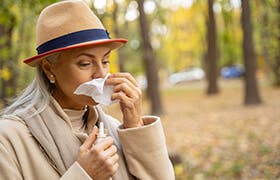
What are the causes of air pollution?
There are a wide range of air pollution causes, from chemical or physical agents to biological agents that contaminate and change the atmosphere of the indoor or outdoor environment.1 Examples include common household gases like carbon monoxide, particulate matter, and ozone and pollutant gases such as nitrogen dioxide and sulphur dioxide.1,2
You can read more about air pollution, its sources and impacts, on The Clean Breathing Institute website: https://www.thecleanbreathinginstitute.com/evidence/health-burden/
By clicking the link(s) above, you will be taken to an external website that is independently operated and not managed by Haleon. Haleon assumes no responsibility for the content on the website. If you do not wish to leave this website, do no click on the links above.
I’ve heard a lot about ‘ozone’, what is it?
Ground-level ozone causes smog in cities. It’s created when pollutants such as methane, nitrogen oxides and other pollutants from industry, traffic, waste and energy production, react with sunlight in what’s called a photochemical reaction.1
Why has pollution become such a big problem?
Since the Industrial Revolution, there has been a steady increase in the worldwide use of fossil fuels. This means carbon dioxide levels in the atmosphere have increased steadily since 1900.3
The chief source of mobile pollution in all industrialised countries of the world is without doubt the motor vehicle,4 powered by a four-stroke cycle (Otto cycle) engine fuel with gasoline.
References:
- World Health Organisation. Ambient (outdoor) air quality and health. Available at: https://www.who.int/airpollution/en/ (last accessed April 2020)
- World Health Organisation. Air Pollution. Available at: https://www.who.int/health-topics/air-pollution#tab=tab_1 (last accessed April 2020)
- Nasa Earth Observatory. Changes to the Carbon cycle. Available at: https://earthobservatory.nasa.gov/features/CarbonCycle/page4.php (last accessed April 2020)
- Environmental Protection Agency. How mobile source pollution affects your health. Available at: https://www.epa.gov/mobile-source-pollution/how-mobile-source-pollution-affects-your-health (last accessed April 2020)
- Bastier PL, et al. Nasal irrigation: From empiricism to evidence-based medicine. A review. Eur Ann Otorhinolaryngol Head Neck Dis 2015;132(5):281–5.
- Rabago D, Zgierska A. Saline nasal irrigation for upper respiratory conditions. Am Fam Physician 2009; 80(10):1117–9.
- Shusterman D. The effects of air pollutants and irritants on the upper airway. Proc Am Thorac Soc 2011; 8(1):101–5.
- Papsin B, McTavish A. Saline nasal irrigation. Its role as an adjunct treatment. Can Fam Physician 2003;49:168–73.
Show all references
Close references






